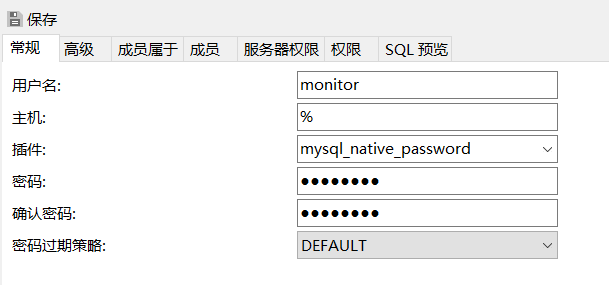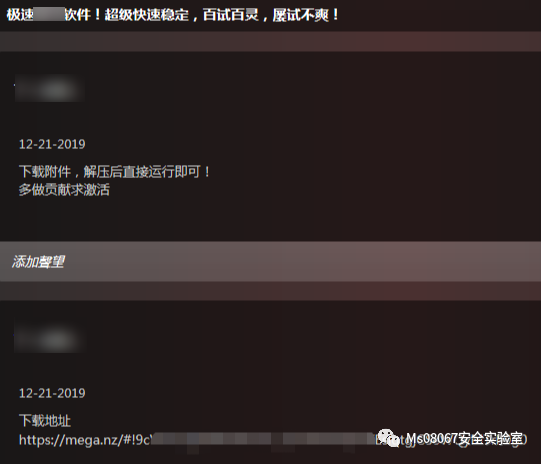可以将文章内容翻译成中文,广告屏蔽插件可能会导致该功能失效(如失效,请关闭广告屏蔽插件后再试):
问题:
I'm a newbie in Django and just started looking at it before a day by installing Django 1.10 on my local.
I've followed all the instructions of this link https://docs.djangoproject.com/en/dev/intro/tutorial01/. However I'm continuously getting this error:
Page not found (404) Request Method: GET Request URL: http://127.0.0.1:8000/polls/
Using the URLconf defined in mysite.urls, Django tried these URL patterns, in this order:
^admin/
The current URL, polls/, didn't match any of these.
I've created polls app to getting started.
To make a start, I went with view.py, here is the code:
polls/views.py
from django.shortcuts import render
# Create your views here.
from django.http import HttpResponse
def index(request):
return HttpResponse("Hello World!")
Here is my code for urls.py:
polls/urls.py
from django.conf.urls import patterns, url
from . import views
urlpatterns = patterns('',
url(r'^$', views.index, name='index'),
)
And here is the urls.py in root:
mysite/urls.py
from django.conf.urls import patterns,include, url
from django.contrib import admin
urlpatterns = patterns('',
url(r'^polls/', include('polls.urls')),
url(r'^admin/', include(admin.site.urls)),
)
I've spent good piece of time to find out the solution, found that this question has been asked for many times,so tried with those solutions as well but none of them worked for me.
I can't find out what I'm missing here so please draw my attention to the gap.
回答1:
I think you have edited the wrong file when trying to change the root url config.
Make sure you are editing the root url config in mysite/mysite/urls.py (the directory containing settings.py) not mysite/urls.py (the directory containing manage.py).
As general advice, install the latest release, currently 1.9. Don't use 1.10, which is under development. Make sure that you are following the tutorial for 1.9, because the tutorial changes for different versions. For example, your mysite/urls.py doesn't match the tutorial for 1.9, as the urlpatterns should be:
urlpatterns = [
url(r'^polls/', include('polls.urls')),
url(r'^admin/', admin.site.urls),
]
回答2:
In settings.py you have a setting name INSTALLED_APPS-
Adds you app i.e. polls to it.
INSTALLED_APPS = [
'django.contrib.admin',
'django.contrib.auth',
....
'polls',
]
回答3:
new features in django requires a new solutions...
from django.conf.urls import url
from django.contrib import admin
from polls.views import urls
urlpatterns = [
...
url(r'^polls/$', urls),
]
type in your browser, tested in django 1.10
http://localhost:8000/polls/
Please download a working "HelloWorld" example in django 1.10
https://mega.nz/#!qFsgBbRD!lAKKprkMLmhJcaZ8h5NPxkZcfQpB8qrh1nU4rSSaRAo
回答4:
It's working. Go to your url bar and type your app name:
http://127.0.0.1:8000/home
My app name is home. It will work.
If you want to set your app as your default page then import views from your app.
Like
from home import views
then write
url(r'^$', views.index),
inside.
It will set the views as your default page
http://127.0.0.1:8000/
When you type this it will redirect to your views.
回答5:
I had the same problem as described. Running a Windows machine.
It turned out, that the virtual environment I was using had not been configured properly (or maybe I had forgot to activate it before installing Django) and the interpreter and django-admin were fetched from the wrong path by CMD.EXE.
If it appears as if Django is "ignoring" your urls.py - try deleting everything, re-creating the virtual environment, activating it and re-installing Django afterwards.
Hope this helps.
回答6:
change the mysite/url
from django.conf.urls import patterns,include, url
from django.contrib import admin
urlpatterns = patterns('',
url(r'^&', include('polls.urls')),
url(r'^admin/', include(admin.site.urls)),
)
Then run your server and visit 127.0.0.1/8000.
This should take you to the index of ur website.
or you leave your code as it is and run 127.0.0.1/8000/polls on your browser
回答7:
I too had same problem going through the official docs tutorial. I was using cloud 9. What I realised before I was able to solve this problem was that while creating the workspace I already chose django(ie by the time my workspace was created, django had already been installed) And going through the tutorial, I again executed $ django-admin startproject mysite thereby having another layer of django with multiple directories and unavoidably the confusion. My solution was to delete everything and start all over.
Since this problem is common to many people, I suggest that django tutorial docs should be more explicit on this.
I hope this help somebody.
回答8:
if @Alasdair answer does not work, and it seems your working on correct files, just restart your server





